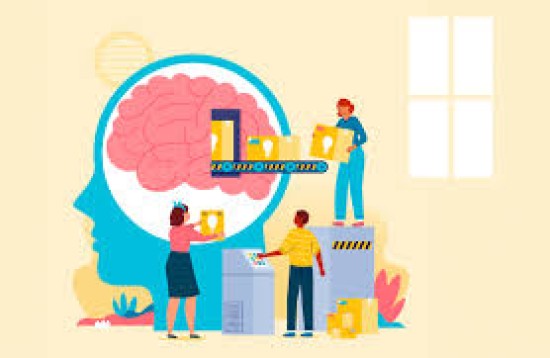The Power of Teamwork: Unlocking Breakthroughs Through Collaborative Engineering
Category: Blog | Published: Thu, 27-02-2025

In today’s fast-paced and complex world, the most groundbreaking innovations rarely come from isolated efforts. Instead, they emerge from the power of teamwork—where diverse minds, skills, and perspectives come together to solve challenges and push the boundaries of what’s possible. This is the essence of collaborative engineering, a approach that is transforming industries and shaping the future of technology.
Collaborative engineering breaks down traditional silos, bringing together experts from various disciplines—mechanical, electrical, software, and beyond—to work toward a common goal. By fostering open communication, shared knowledge, and collective problem-solving, teams can tackle problems more effectively and innovate faster than ever before.
Why Collaboration Matters in Engineering
1. Diverse Perspectives Lead to Better Solutions: When engineers, designers, and stakeholders collaborate, they bring unique viewpoints to the table. This diversity sparks creativity and helps identify solutions that might otherwise be overlooked.
2. Accelerated Innovation: Collaboration enables teams to pool resources, share expertise, and iterate quickly. This accelerates the development process, turning ideas into reality at an unprecedented pace.
3. Solving Complex Challenges: Many of today’s engineering challenges—from sustainable energy systems to advanced robotics—are too complex for any one discipline to solve alone. Collaborative engineering allows for a holistic approach, addressing every facet of a problem.
4. Building Stronger Teams: Collaboration fosters trust, respect, and a sense of shared purpose among team members. This not only improves morale but also leads to more cohesive and effective teams.
Real-World Examples of Collaborative Engineering
Space Exploration: NASA’s missions rely on the collaboration of scientists, engineers, and technicians from around the world to design and build spacecraft capable of exploring the unknown.
Sustainable Infrastructure: Civil, environmental, and structural engineers work together to create eco-friendly buildings and cities that reduce carbon footprints and improve quality of life.
Healthcare Technology: Biomedical engineers, software developers, and medical professionals collaborate to create life-saving devices and systems, from advanced prosthetics to AI-driven diagnostics.
How to Foster Collaboration in Engineering Teams
1. Encourage Open Communication: Create an environment where team members feel comfortable sharing ideas and feedback.
2. Leverage Technology: Use collaborative tools like cloud-based platforms, real-time design software, and project management systems to streamline teamwork.
3. Promote Cross-Disciplinary Learning: Encourage team members to learn about other fields and understand how their work fits into the bigger picture.
4. Celebrate Team Successes: Recognize and reward collaborative efforts to reinforce the value of teamwork.
The Future of Collaborative Engineering
As technology continues to evolve, the importance of collaboration in engineering will only grow. From AI-driven design tools to global virtual teams, the possibilities for innovation are endless when we work together. By embracing the power of teamwork, we can unlock breakthroughs that not only solve today’s challenges but also pave the way for a brighter, more innovative future.
#CollaborativeEngineering #Innovation #Teamwork #EngineeringExcellence #FutureOfTech









